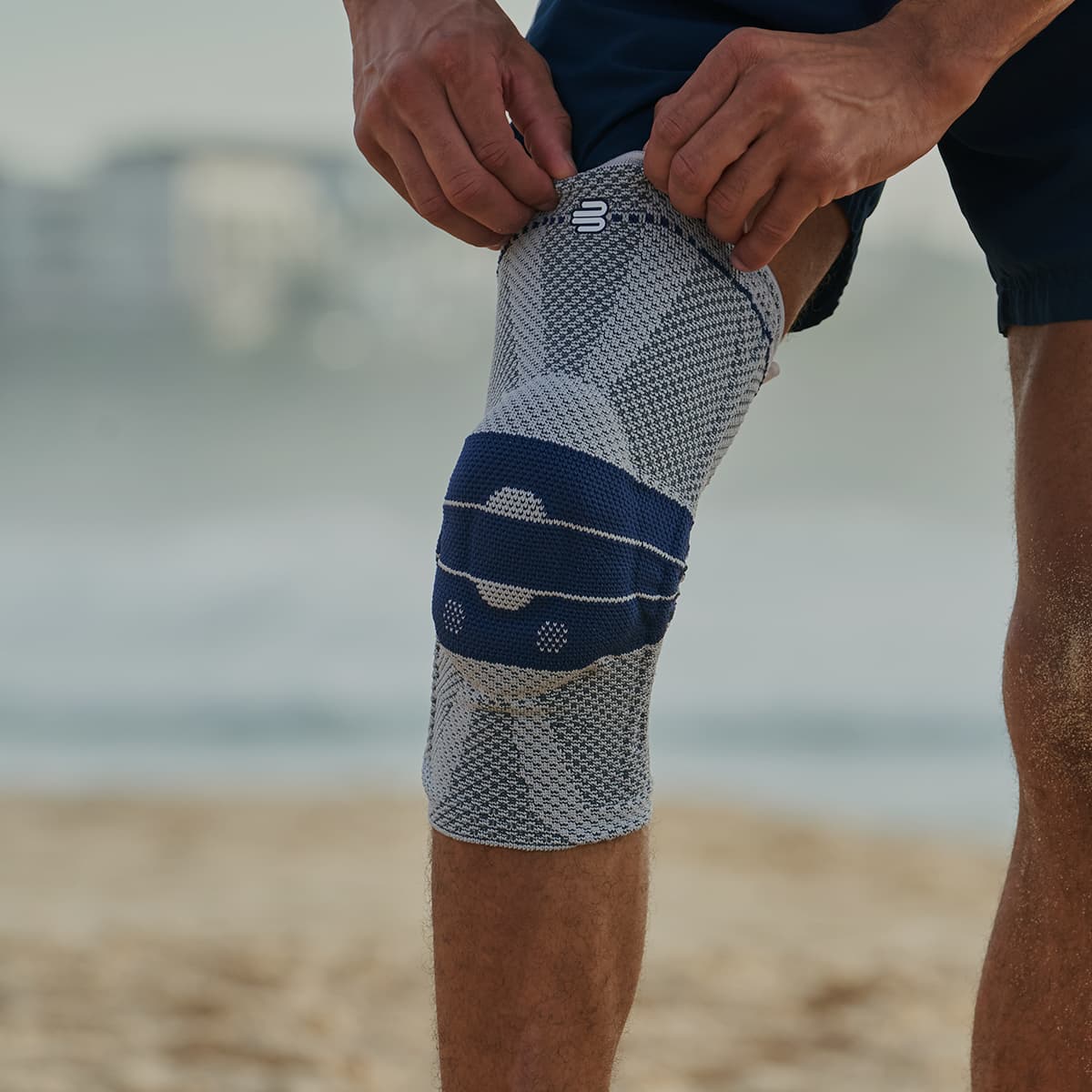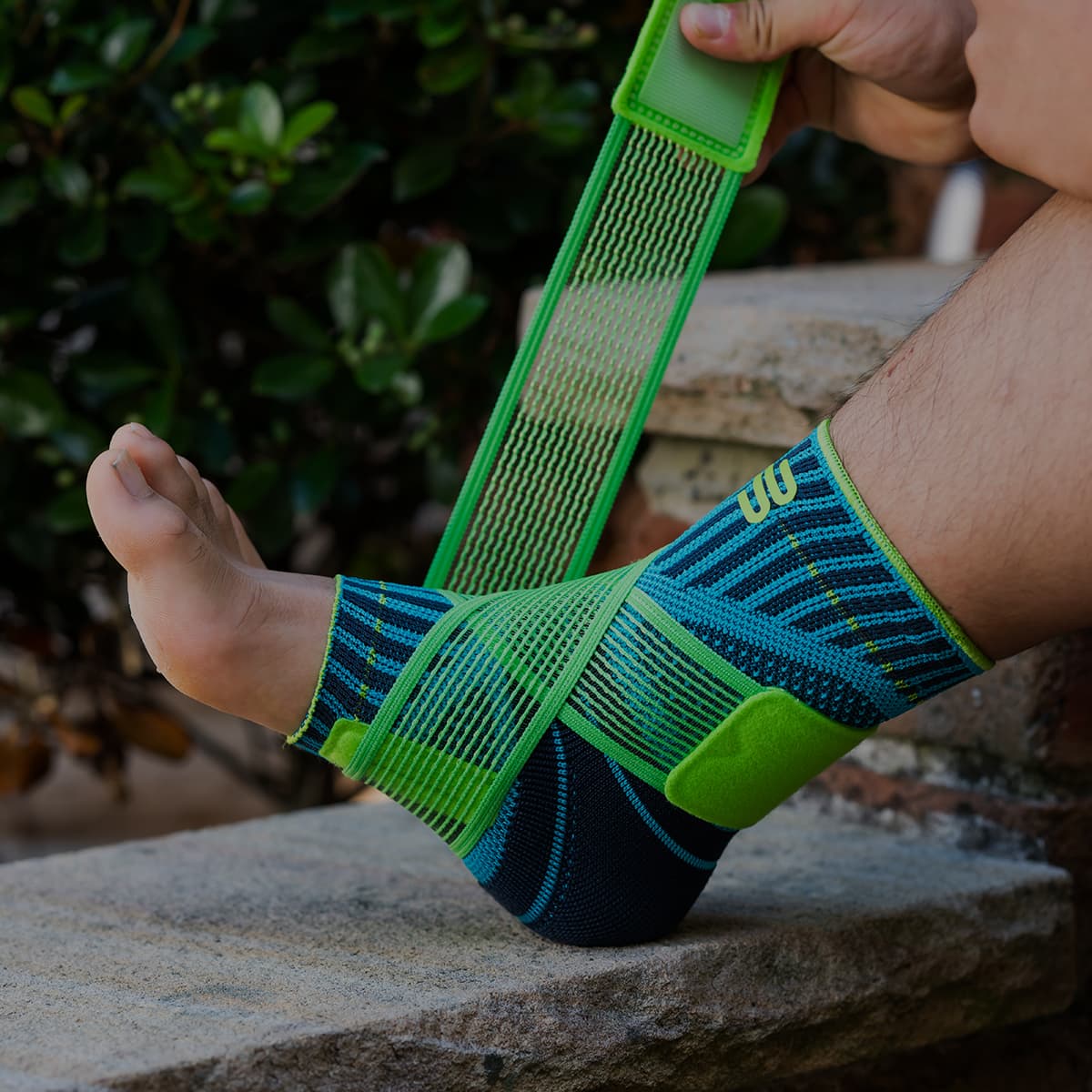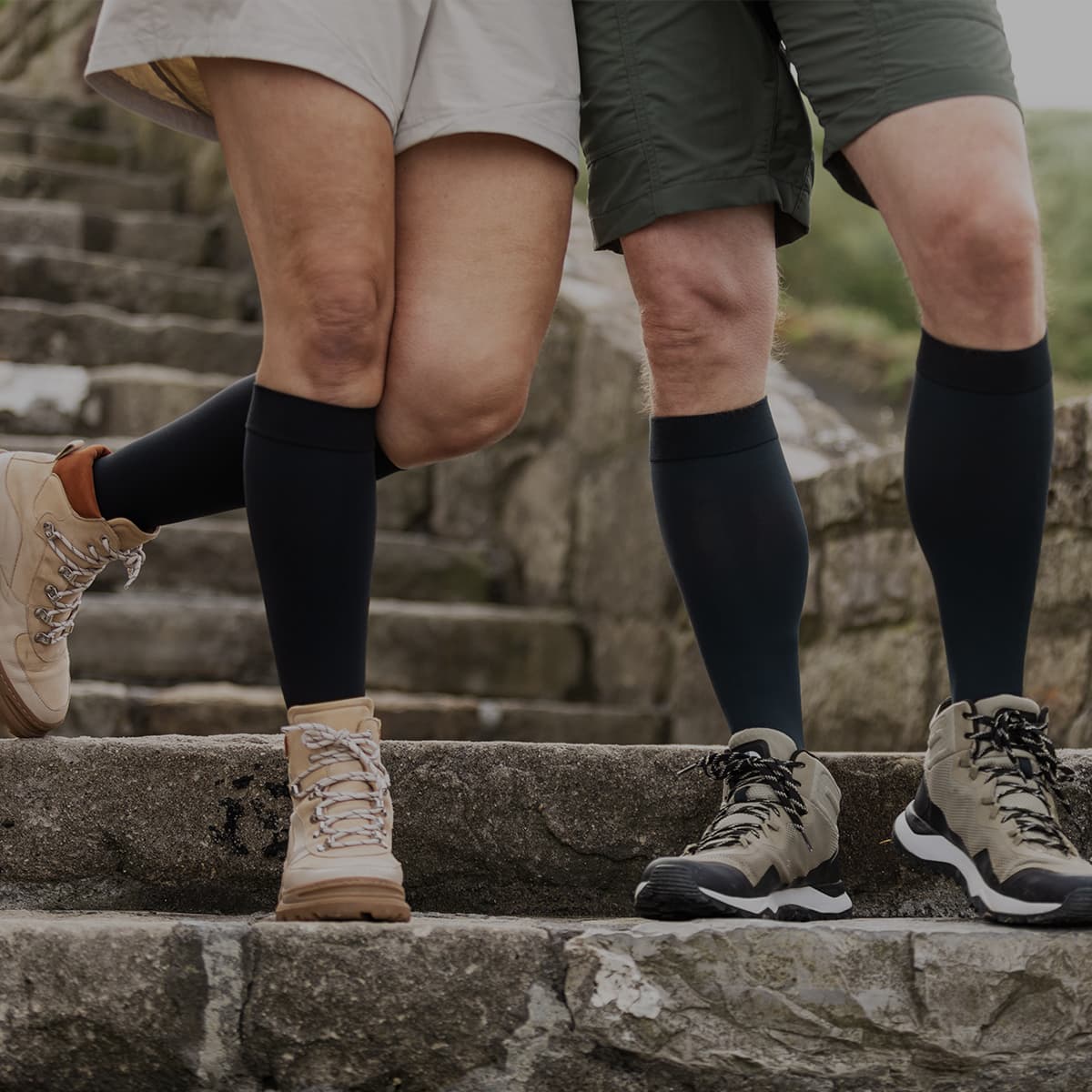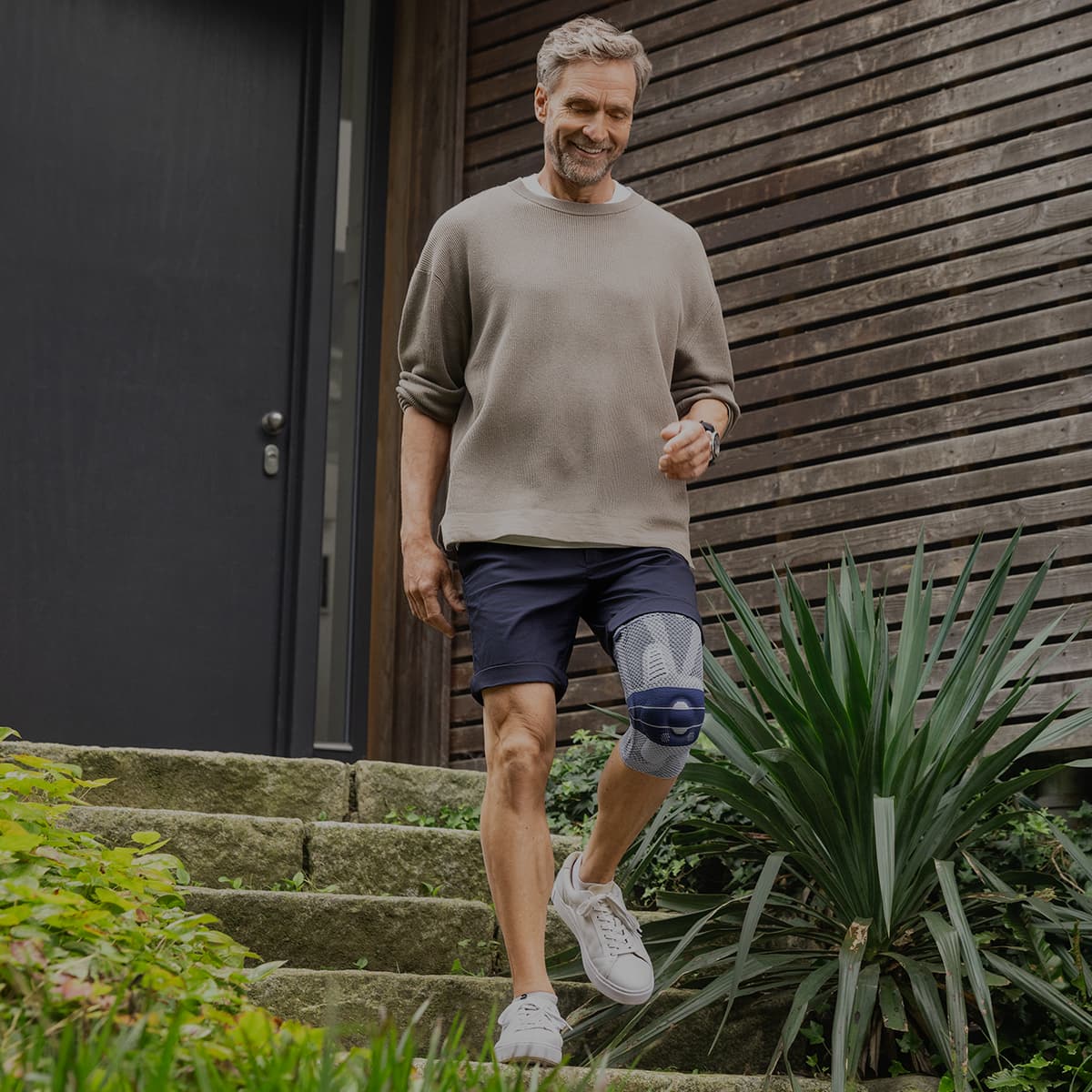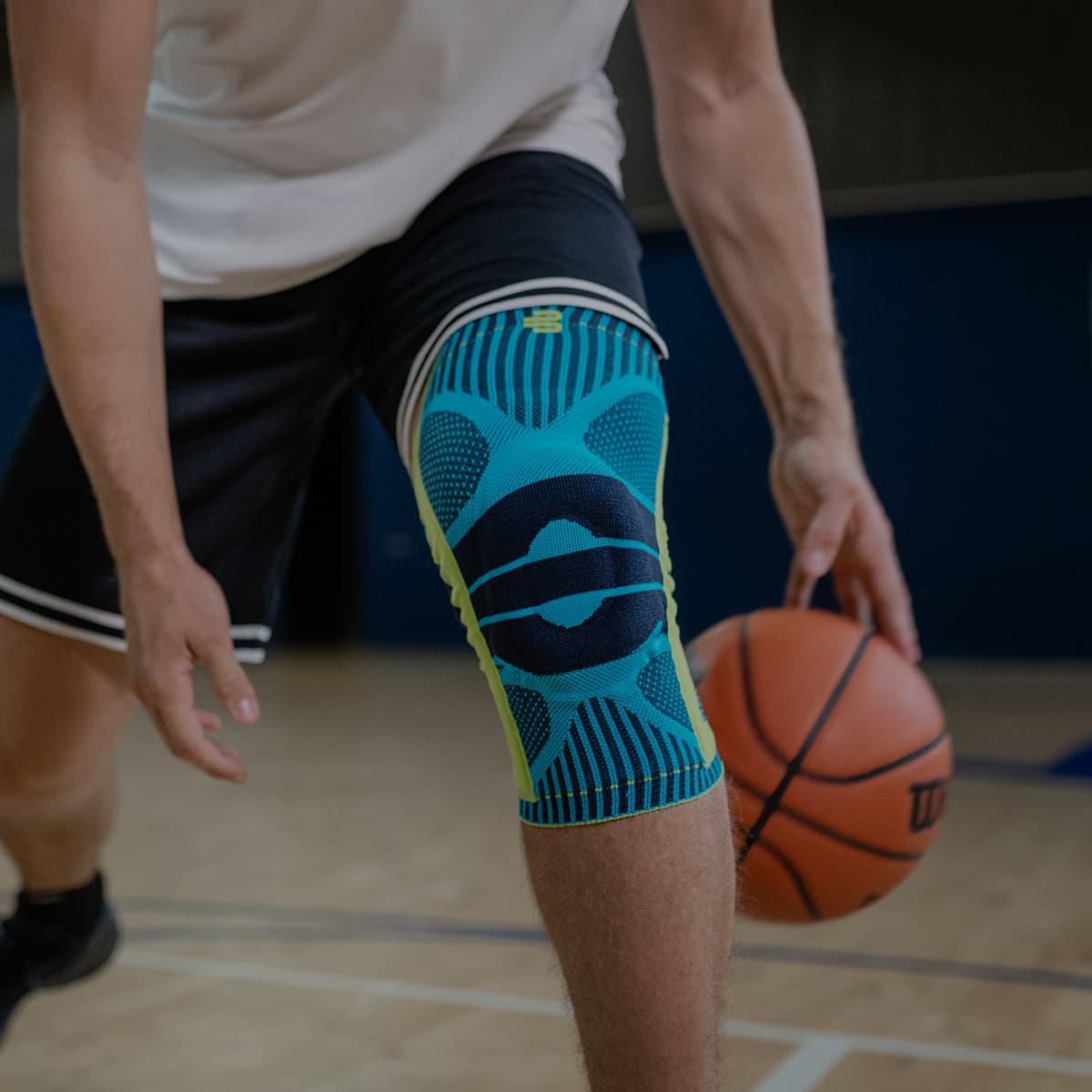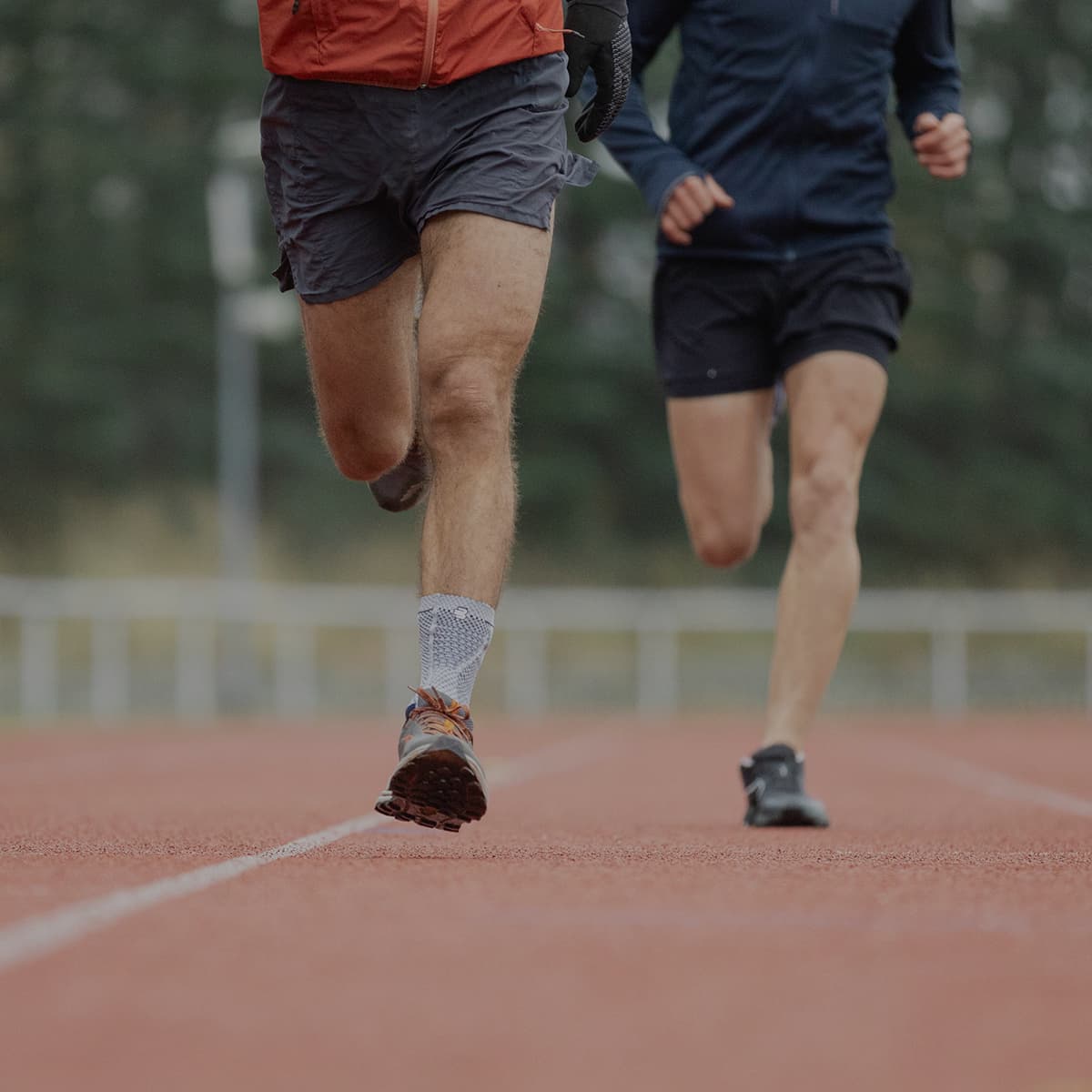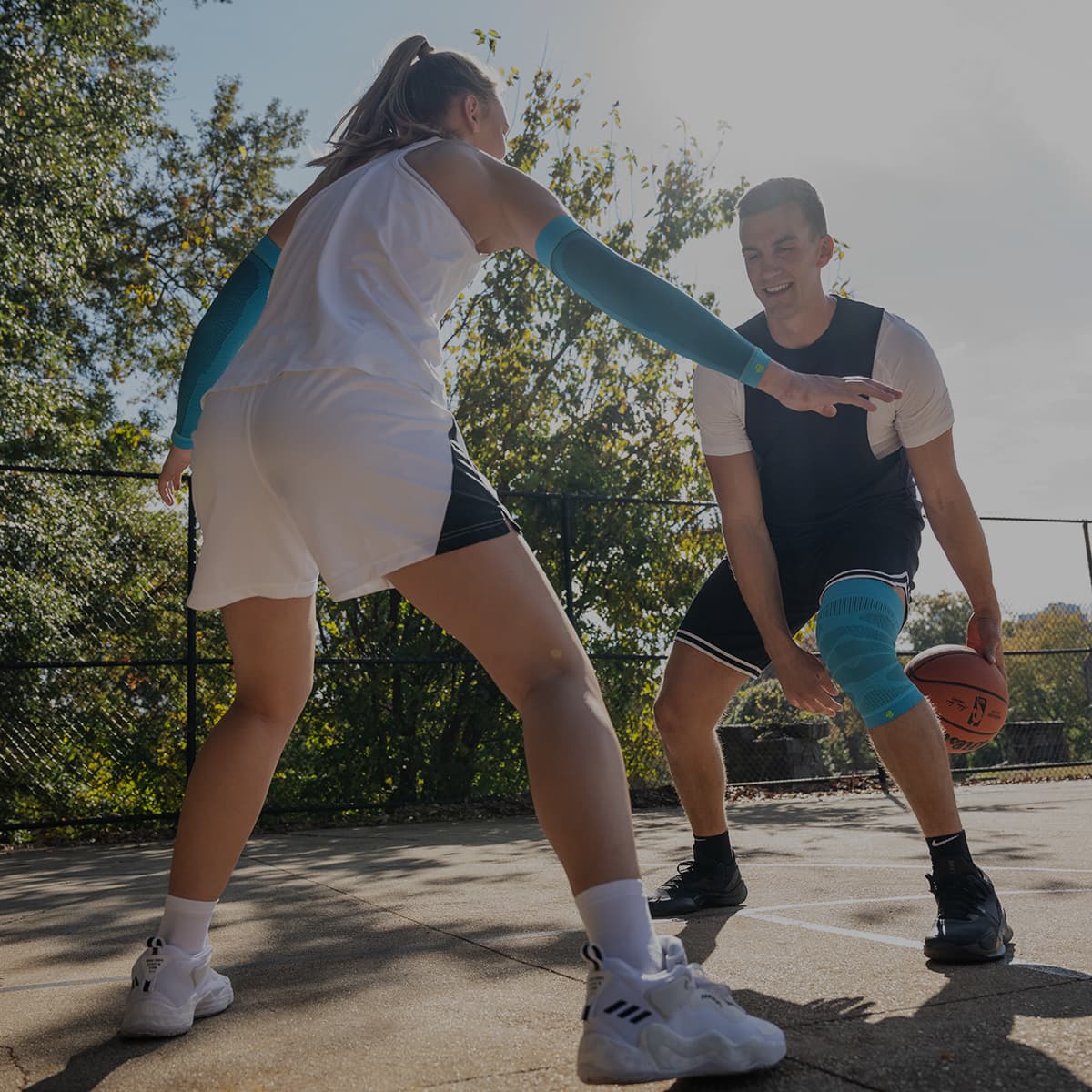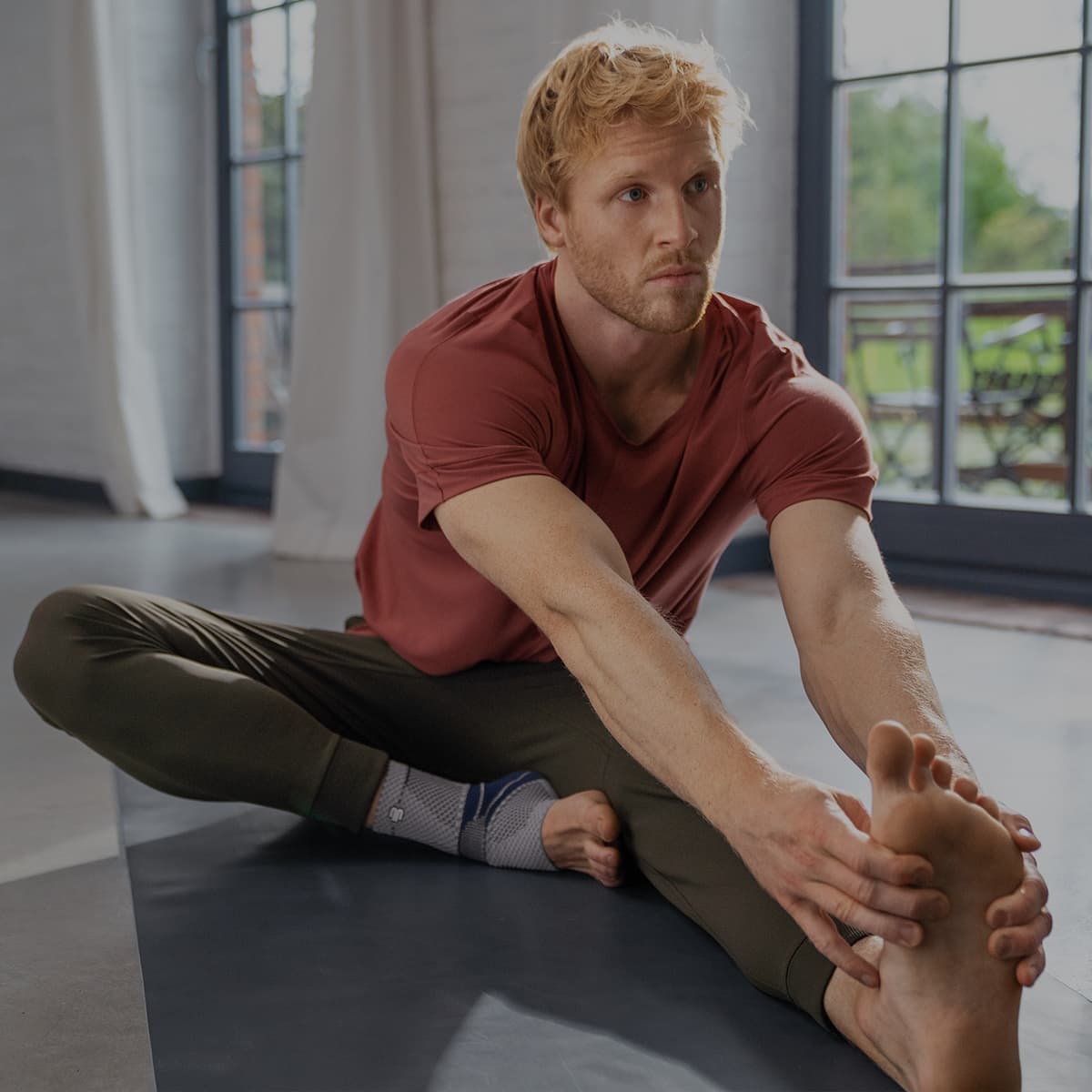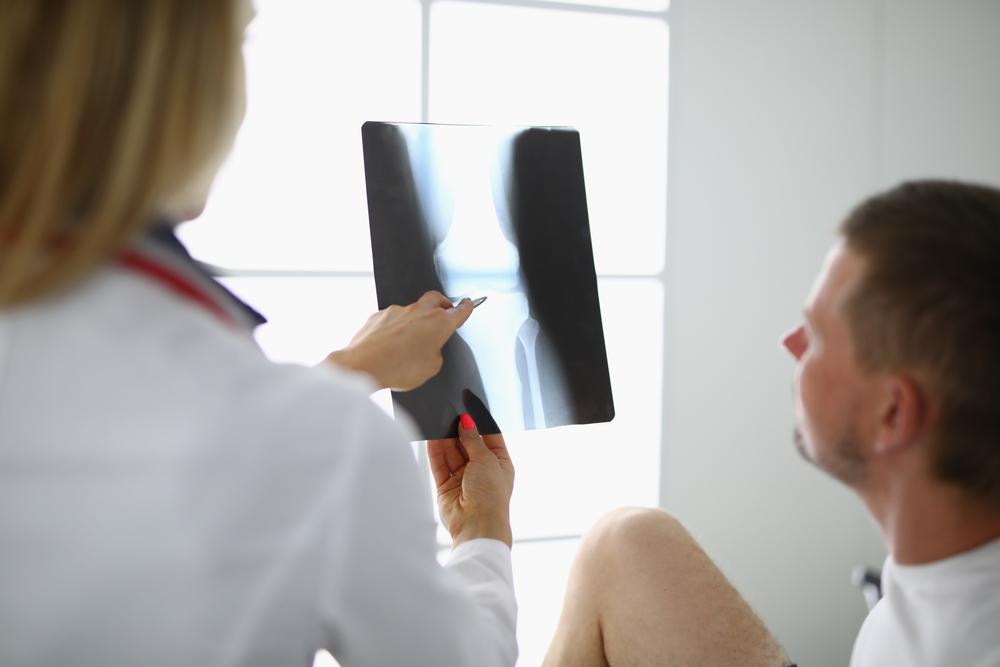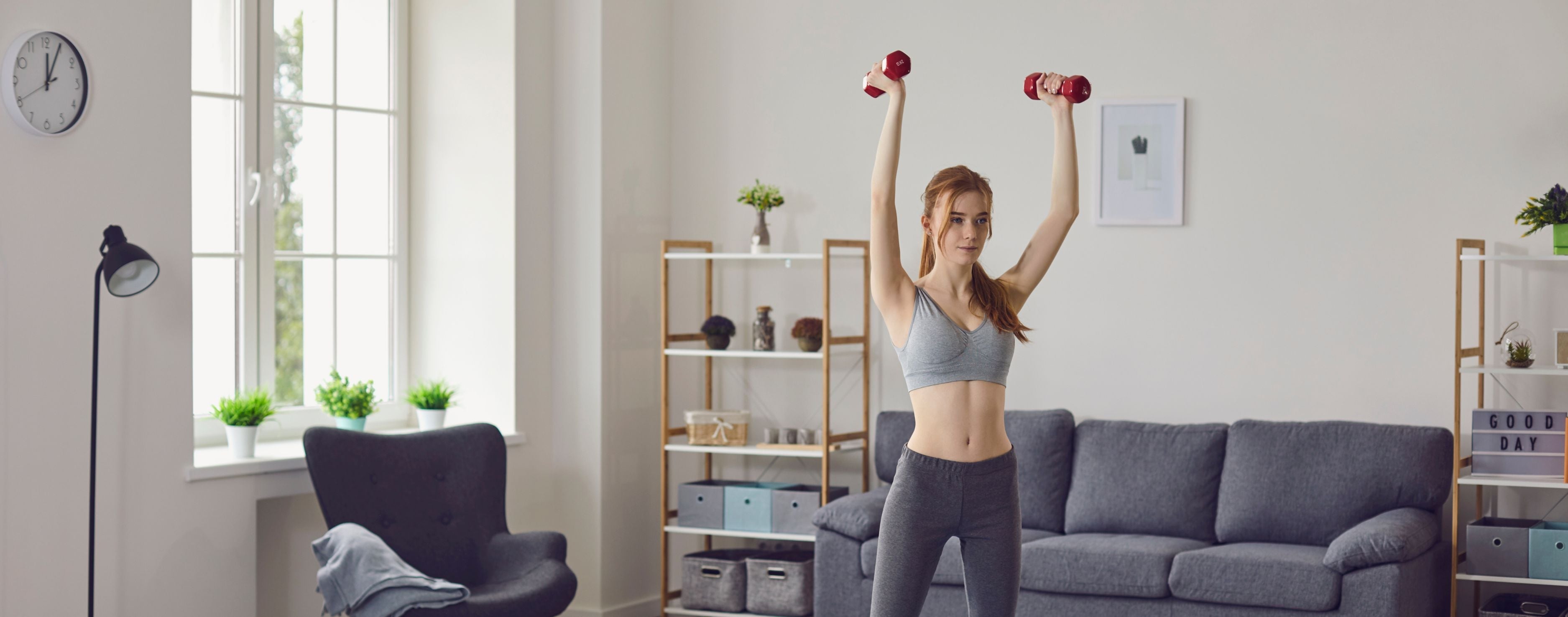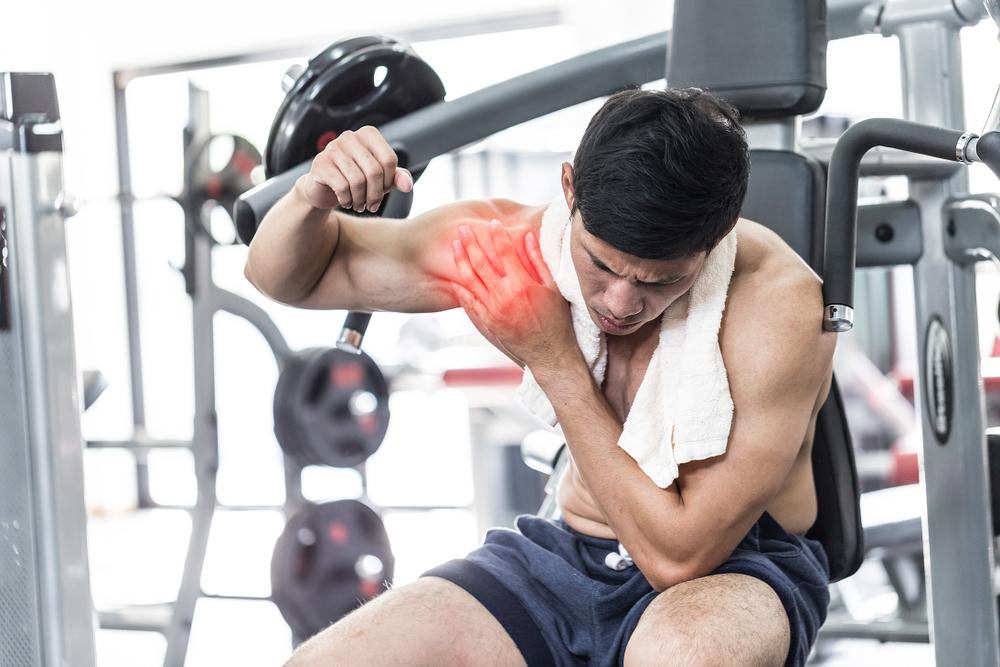Your knee is the largest joint in your body, with four bones connected together by a network of ligaments, tendons and other muscles: the Femur (thighbone), tibia (shin bone) Fibula (calf bone) and patella (kneecap).
When any of these bones shift outside of their natural position, they become dislocated. A knee dislocation can be highly painful and cause instability and swelling, even after the joint is relocated.
Most commonly occurring due to sports injury or other accidents, a dislocation can lead to long-term problems if not properly treated.
How does a knee dislocate?
There are two different ways the knee can dislocate.
The first is a dislocation of the kneecap, which is by far the more common. It occurs when the kneecap moves out of place, usually slipping or being pulled to one side of the knee.
A common reason for this type of dislocation is a muscle imbalance which is aggravated by injury. It can lead to pain and swelling around the kneecap, and if untreated it can cause arthritis.
The second is dislocation of the knee joint itself. This is much less common, but also a lot more serious.
This dislocation happens when the thigh bone and the shin bone slide out of alignment, usually shifting to the side. When it happens it normally causes a lot of pain and swelling, and can lead to serious and chronic problems if not properly treated.
Treating a knee dislocation
In cases where the knee dislocates, treatment when it happens and afterwards is crucial to the most successful recovery.
Here are the best way to treat a dislocation in the knee in four simple steps.
Step 1. Avoid moving the knee as much as possible (as well as keeping any weight off of it) and seek immediate medical help, either by going to the emergency room or visiting the doctor.
Step 2. The doctor will likely re-align the knee carefully to stabilise it and relocate the joint. From there they will check the knee for any damage of the surrounding area, including nerves, muscles, ligaments and the bones themselves.
Step 3. If the doctor recommends surgery, they may refer you to a specialist to have the knee operated on to repair any damage done. Post-operatively, or in cases where you don’t require surgery, it’s best to seek physiotherapy.
Step 4. Once the initial requirements of the knee have been met and the joint is stable, treating the knee itself to recover properly and reduce the risk of re-injury is crucial.

Featured above: GenuTrain S Hinged Knee Brace
Best way to take care of the knee after a dislocation?
RICE: Rest the knee as much as possible while it heals, ice it after physical activity, particularly if it swells, compress over the day with bandages or a compression sleeve and elevate the knee by raising it when seated to promote blood-flow and reduce pain.
Braces and support: Post-dislocation, using a stabilising knee brace that prevents the knee from dislocating again as well as aiding the healing process is highly recommended.
Physiotherapy: Strengthen the surrounding muscles and build up flexibility by practising exercise and strengthening as instructed by the physiotherapist.
Pain management: Using anti-inflammatories when the pain is worse, as well as medical grade compression on a day to day basis will help to manage the pain effectively, as well as speeding up the healing process.
If you require assistance selecting the right product for your needs, book a video consultation with a Bauerfeind expert: Book Video Call, or call us on 1300 668 466
Do you have private health? Most private health extras will cover Bauerfeind Products, check to see if yours is included. Bauerfeind Private Health Insurance inquiry.
Bauerfeind products are developed at our innovation and manufacturing facility in Zeulenroda, Germany. Based on years of scientific research, our award-winning braces and support garments are highly recommended by medical professionals and athletes worldwide.

